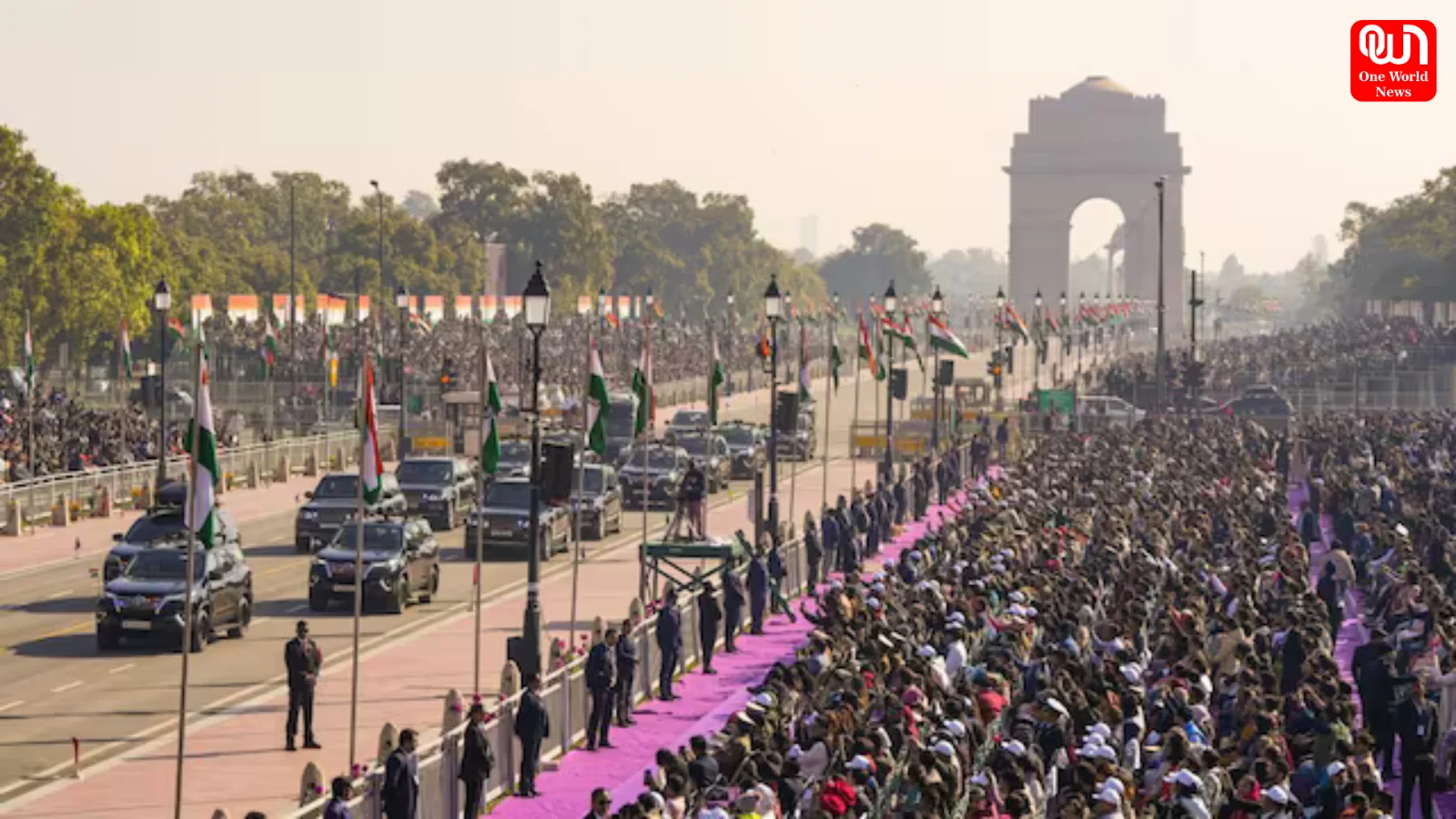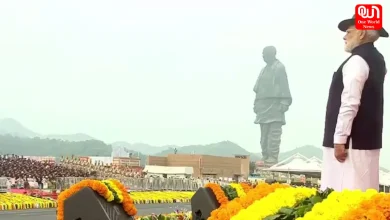Delhi Experiences Warmest Republic Day in Eight Years; Temperatures Expected to Rise Further
Delhi recorded its warmest Republic Day in 8 years with temperatures reaching 23.7°C, and more warmth is expected as temperatures continue to rise.
Delhi Experiences Warmest Republic Day in Eight Years with Temperatures Reaching 23.7°C; Further Rise in Mercury Expected in the Coming Days
It might come as a surprise to many Delhiites where the day became the warmest over the past eight Republic days on Sunday-January 26. According to the IMD, the metropolis reported 23.7 degrees Celsius when the day turned out two points above its mean. According to meteorological circles, it looks like that meteorological reasons do not indicate end to the continuing rise of day temperatures over here.
A Record-Breaking Republic Day
This Republic Day is notable because the chiller conditions prevailing in Delhi generally during January had not been there for a long time. The warmest Republic Day earlier was recorded in 2017 with the maximum temperature standing at 26.1 degrees Celsius. While the present reading of 23.7 degrees Celsius on January 26 is less than the figure in 2017, it was important as it marked the highest reading since the last eight years and crossed the long-term average for the day at 22.1 degrees Celsius.
The day of clear skies worked perfectly for the Republic Day Parade fly-past – a time usually misty, this year freed of all. Usually, in January Delhi is all about mist so that an event had to be delayed sometimes due to it being too dull. This time, though, there was hardly any fog around it to stop the much-anticipated spectacle.
Even as it continued to be a warm day on Sunday, Delhi’s minimum temperature was at 7.2 degrees Celsius, marginally below the season’s average. Yet, it still marked a slight drop from the two previous days, when the minimum had touched 8.6 degrees Celsius on Saturday and 9.8 degrees Celsius on Friday.
What’s behind Delhi’s January warmth?
Delhi temperatures on January 26 have seen dramatic variations in the last few years. Of late, they have been cool. The maximum on January 26, 2024, was at 20.6 degrees Celsius, 17.3 degrees Celsius in 2023, and 16.4 degrees Celsius in 2022. However, several factors are contributing towards the relatively warm temperatures this year. According to the IMD, the persistence of dry northwesterly winds and clear skies has been the need to maintain above normal day-time temperatures.
Read more: Celebrating National Tourism Day 2025: Exploring India’s Diverse Landscapes
In addition, a western disturbance that had been bringing rain and snow in many parts of northwest India over the past few days barely impacted the city’s temperatures. This is mainly because Delhi still received ample sunshine during the day. Mahesh Palawat, Vice President at Skymet, said bright sunlight kept the mercury relatively stable despite the disturbance in the region.
Temperature Trends: To Rise Even Higher
The IMD said temperatures in Delhi are likely to surge further. A fresh western disturbance is likely to affect the region from January 28 onwards and hence, the maximum and minimum temperatures would increase further. The cloud cover is likely to form due to the disturbance changing the wind pattern, which in turn reduces wind speeds. With this, night temperatures will also rise as heat trapped at night will make the evening hours warmer as well.
The minimum temperature is likely to range between 9 and 11 degrees Celsius in the capital by the weekend, while the maximum temperature is expected to be around 24 and 26 degrees Celsius, which would indicate further warmth for the city.
Temperatures are rising, but so are air quality woes
Even as the warmth brings some welcome respite from the usual cold, the deteriorating air quality situation in Delhi cannot be ignored. The Air Quality Index (AQI) of the city entered the ‘poor’ category on Republic Day, whereas it had risen to 216 values from the earlier ‘moderate’ category values of 174 on Saturday. As of early yesterday morning, it had worsened further to 240. The AQI is also likely to continue in the poor category on both January 27 and 28; it may well deteriorate to the very poor category by January 29 as well, indicated the IMD.
Read more: Union Budget 2025: Tax Relief, AI Impact, and Economic Growth in Focus
There is an AQI of 0 to 50, which is ‘good,’ and 51 to 100 that falls under the ‘satisfactory’ AQI range. Values between 101 to 200 are ‘moderate,’ 201 to 300 is ‘poor,’ 301 to 400 is ‘very poor,’ and 401 to 500 ‘severe.’ Delhi’s citizens can expect a further worsening in the coming days, which would affect health in general and more so for the respiratory-affected population.
Conclusion
A warmer Republic Day in Delhi was witnessed after eight years. This fits into a larger context of changing trends in the city’s weather patterns. Temperatures have soared well beyond the averages at this time of year. Furthermore, residents of Delhi will have to face even warmer temperatures in the coming days. In addition, air quality also worsens along with these changes. These changes denote the unpredictable nature of Delhi’s weather and the scale of its atmosphere affected by climatic factors.
We’re now on WhatsApp. Click to join.
Like this post?
Register at One World News to never miss out on videos, celeb interviews, and best reads.








